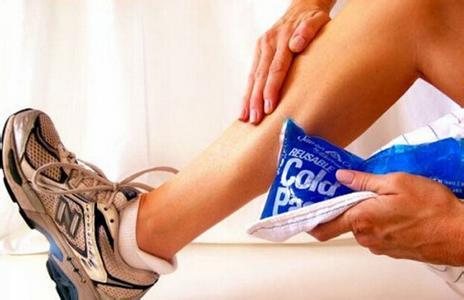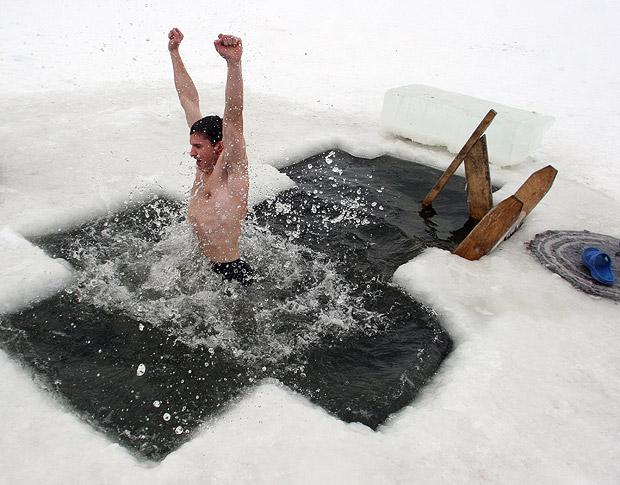
Muscle strain
Treatment of acute soft tissue injury with an ice pack or ice-water bath is a standard cold remedy. For example, when the patient has an ankle sprain or strain, the doctor will use ice as part of the treatment plan. Clinical studies have found that applying ice for 5 to 15 minutes at the injury site can reduce the temperature of the epidermis to below 13°C. This can affect the nerves at the site of injury and slow the transmission of pain signals, thus alleviating the pain. Of course, the use of ice may also play a role in another route. Animal experiments have shown that the use of ice can reduce inflammation after injury. Chris Bleakley, a sports medicine researcher at the University of Ulster in Northern Ireland, said that this method can reduce the systemic activity of the body and reduce the number of white blood cells that are transferred to the injury site. After intense exercise, there is a large area of ​​muscle fibers and soft tissue strains. Systemic ice or rapid cooling can slow down the transmission of pain signals, or allow the temperature of the soft tissue to fall sufficiently low to relieve inflammation.

Ice therapy
As early as 2014, there was a study analyzing the effects of ice, cold water and whole body freezing on the human body. Studies have found that ice packs have the most significant cooling effect on skin and muscles. For example, cold packs for 10 minutes can reduce skin temperature by 18 to 26°C. The ice sticks to the skin quickly to allow the cold temperature to penetrate the skin and fat layer and deliver it to the target soft tissue.

An ice-water bath
Recently, cold therapy has further developed. The whole body refrigerated machine uses liquid nitrogen. The customer needs to stand in a closed cabin. The whole body of air will quickly cool to minus 130°C by liquid nitrogen gasification. After 3 minutes of total body cryotherapy (this is the manufacturer's recommended average time to protect the user's safety), the skin can be cooled 3 to 20°C.
However, the scientific basis behind cryotherapy is scarce. In July 2016, the US Food and Drug Administration (FDA) issued a warning that there is no evidence that freezing technology can help relieve muscle soreness, insomnia, anxiety, or bring medical benefits. On the contrary, FDA also warned that this treatment may cause frostbite, burns, eye injuries and even suffocation. In a statement to Scientific American, the FDA added: "The FDA has never approved or passed any systemic refrigeration equipment. We don't have the necessary evidence to prove that these devices have any medical value it claims." The basis for this warning is twofold. First, the FDA has made an informal review of published literature. Second, the cryogenic environment for treatment is made of gas. Exposure to such low-temperature air is generally considered harmful. Even more frightening is the fact that cryotherapy is expensive, and the package price for treatment for 5 times (2 minutes each time) can reach hundreds of dollars.